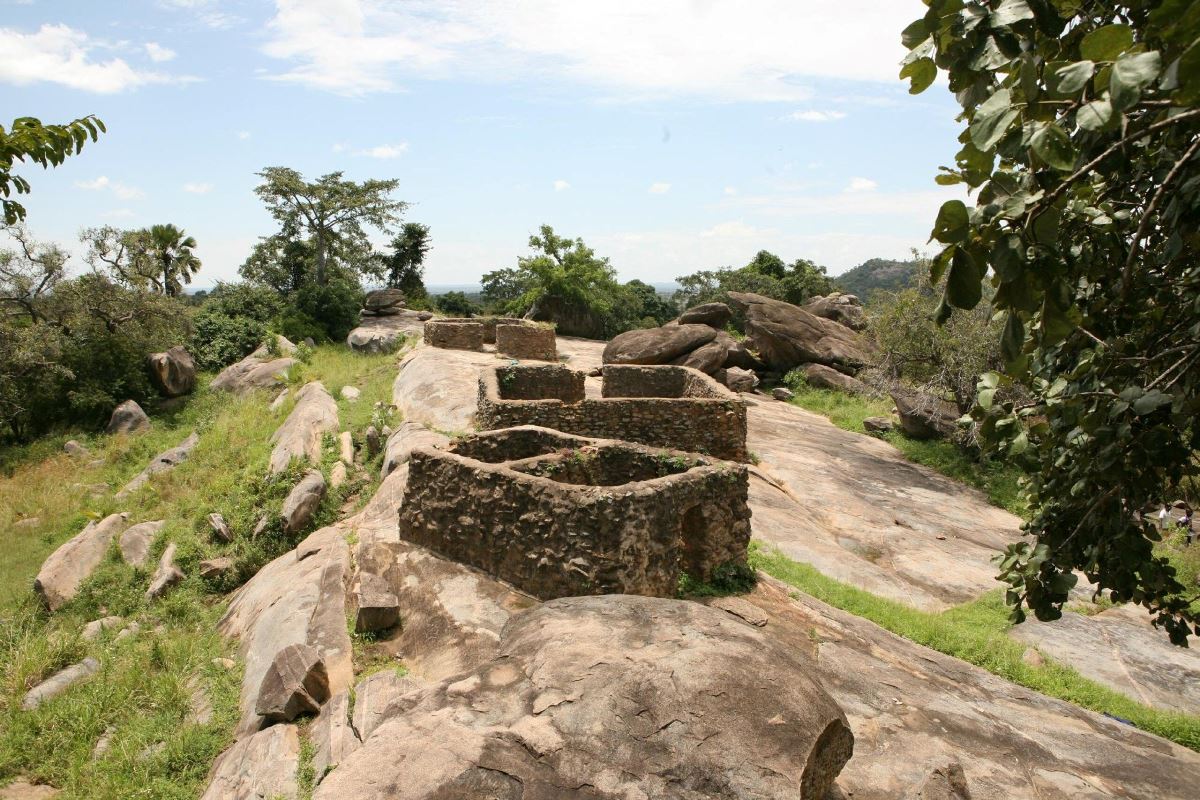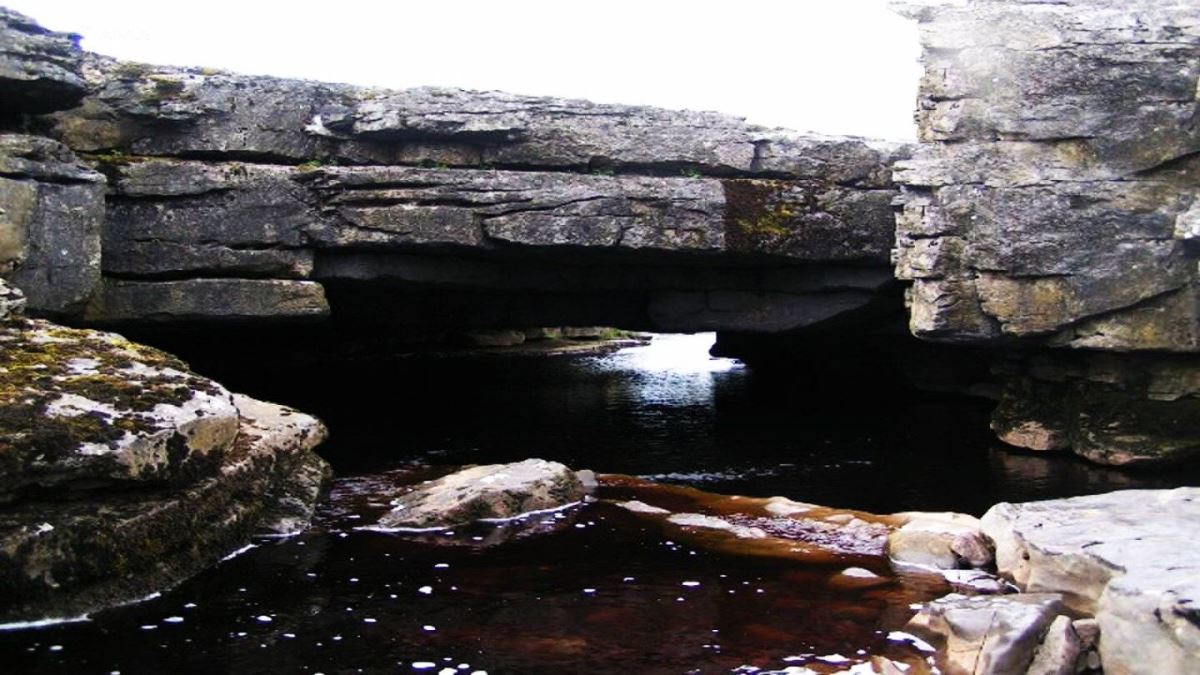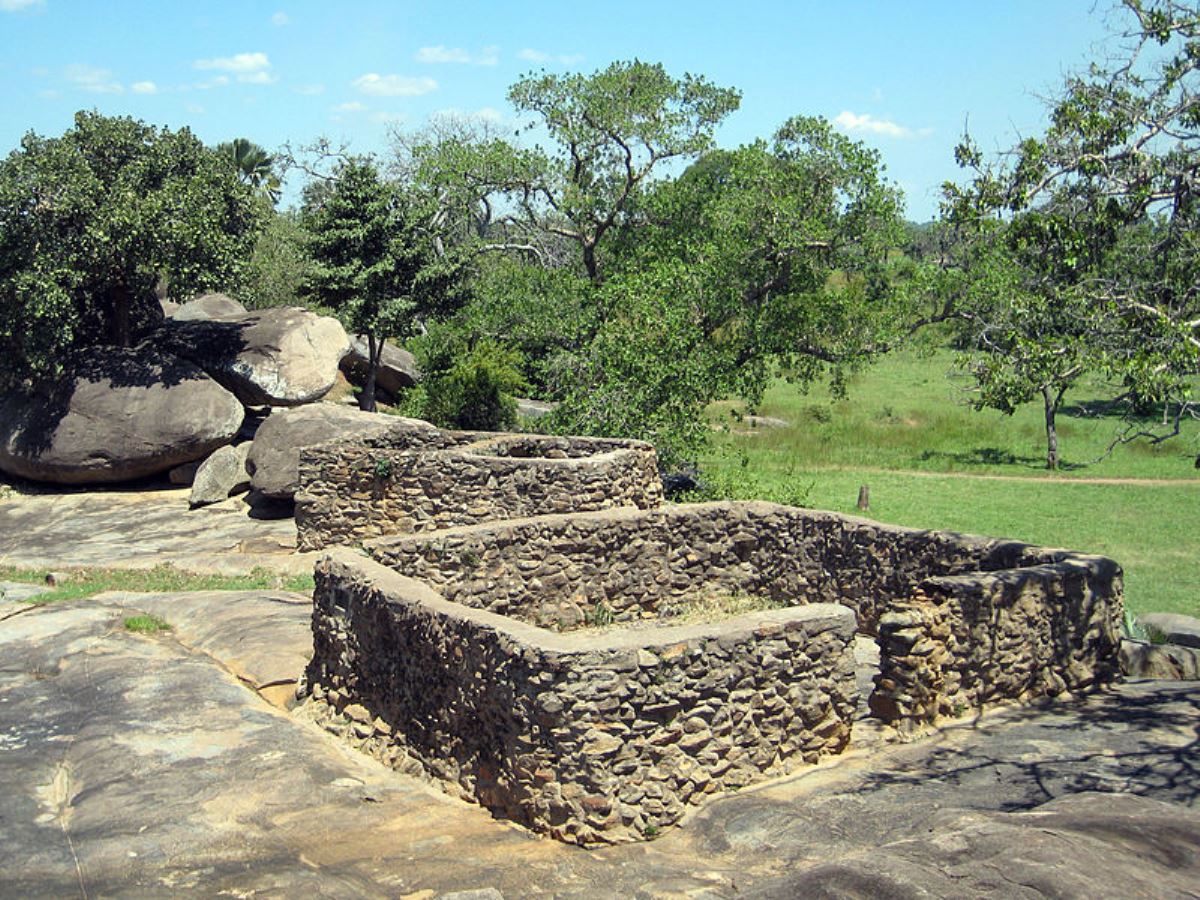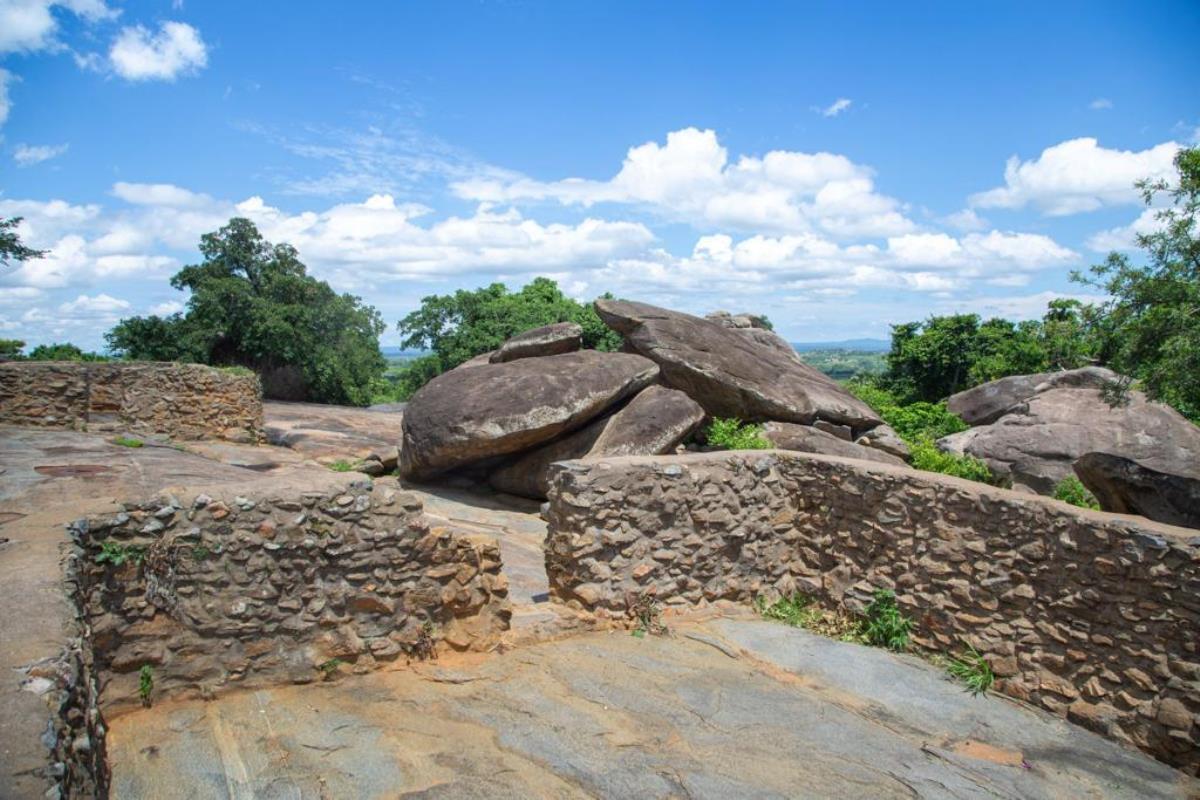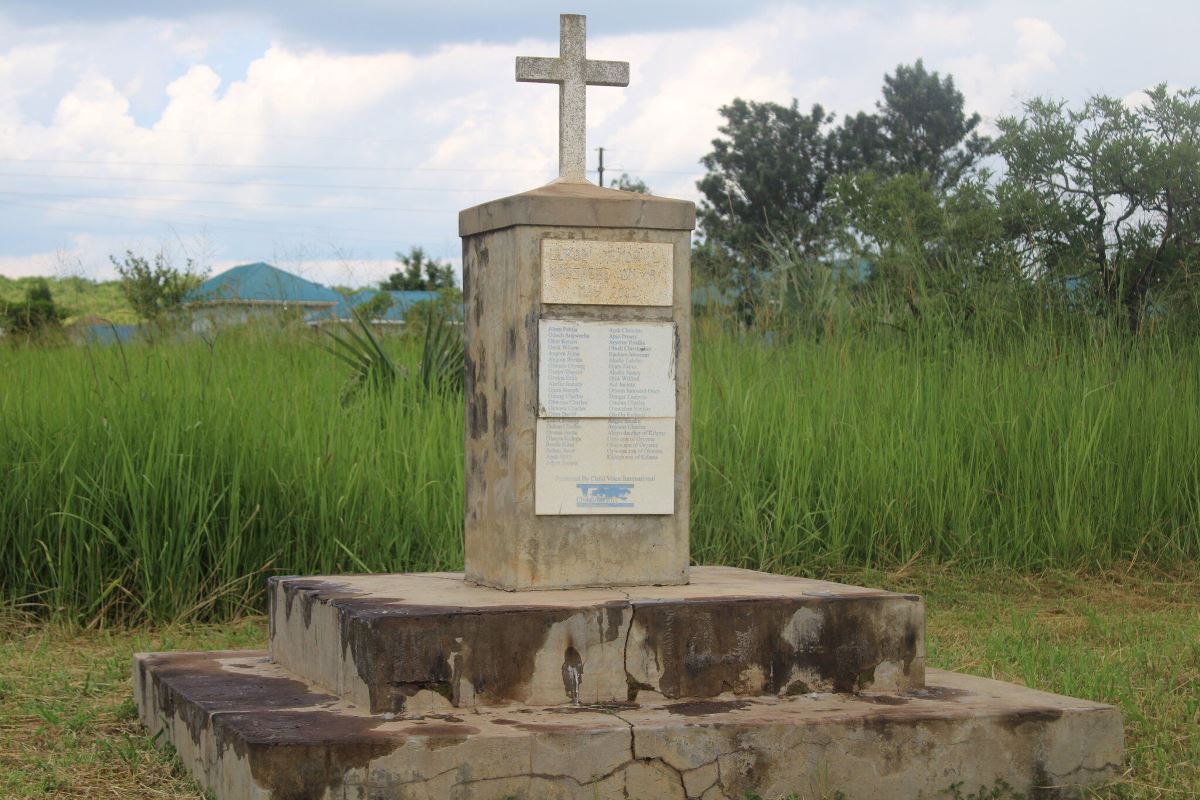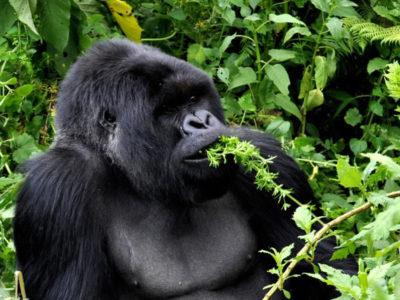Itinerary
Day 1 & 2: Visit Murchison Falls National Park
We set off at 6:00am via the Kampala - Masindi highway connecting through the Southern route entry gate- Kichubanyobo. The distance to the park is 231km therefore arrival time is 11:00am. Close to two hours into the journey we make a stopover at Migyera to grab some refreshments and to have a washroom break. On arrival, we settle in and get a tour guide to lead us. The communities of the Banyoro, Alur, Acholi among others, that sorround the park present a unique blend of cultural diversity. Evening campfires bring people together and closer. These moments enable travelers from all corners of the world to mix up with the locals to interact and share life experiences.
During these gatherings storytelling comes alive as travelers get to learn much about the history of the area, the people and culture. The local people and cultural groups take it upon themselves to entertain the tourists through music, dance and drama. The energetic cultural dance that keeps people lively is accompanied by the acoustic sounds from the adungu (arched harp), madinda (xylophone), drums and other instruments. Craftsmen and women display their beautifully handmade items that can be used as souvenirs. Such items include; sculptures, paintings, baskets, mats, calabashes jewelery.
Village tours offer an amazing experience as travelers get an opportunity to visit the village bandas and other traditionally constructed facilities. Local dishes like malakwang, boo are prepared and served with a special touch to create a lasting impression.
Day 3: Visit Lukodi Memorial Massacre and Fort Patiko
At 10:00am the team embarks on the journey using the Masindi - Gulu highway. After one hour and a half on the road, the team makes a stopover at Kamdini, a popular place for foodstuff including roasted chicken, meat, cassava, plantain, fruits and refreshments. The team arrives at 2:00pm.
This site holds tragic memories of the 64 people who were murdered by the atrocius LRA rebels in 2004. The resource centre at the site provides detailed information of the victims.
The bicycle that belonged to Okello Patrick, an area resident who fell into the ambush is displayed at the site in his memory.
Written on the wall, is information regarding the fallen Lukodi natives and their history.
Woro - loyo, a women's group is known to participate in a number of income generating activities during the annual prayer programs such as catering and farm services. Some of the symbolic items displayed are; cooking pots, crafted plates, animal skins, bomb shells. After an hour at this memorial centre, the team drives to a nearby restaurant for lunch.
At 4:00pm we relocate to Fort Patiko and arrive in just 20 minutes. Dark spots believed to be blood stains resulting from inhuman acts of torture such as lynching and beheading the slaves can be seen on the walls. The slab is dotted with dents said to have been caused by axes used to behead slaves. Every 31st December, a function is held at the site to select miss Anyandwe in honor of Samuel Baker's wife Florence Barbra also known as Anyandwe which means, the moon. Other activities include: storytelling, site camping, site seeing, hiking. The team spends the night in Gulu town.
Day 4: Visit Guruguru Caves
At 10:00am we head to Guruguru Caves which were said to be the hiding place for the natives during the Lamogi Rebellion under the prominent cultural ruler known as Rwot Otto Yai. The people of Acholi clan rebellion as a way of rising against the British rule. However, during the conflict, most Lamogi fighters succumbed to death due to gas suffocation. The top of the hills opening give clear views of the lower farmlands. The activities for this site include trekking, hiking, and camping. By 6:30pm the team drives to Gulu town for a meal and to spend a night at the hotels.
Day 5: Visit National Memorial & Peace Documentation centre, and Wii Gweng, Mucwini Memorial (Archbishop Jonan Luwum Burial Site)
At 10:00am we embark on the journey using the Gulu - Kitgum highway. At 85km, we briefly stop at Acholibur for some refreshments and foodstuff. In just 30minutes we arrive at the National Memorial & Peace Documentation centre which is an archive for peace and conflict resolution documentation. At this centre programs on engaging the community around themes of peace, justice, cultural pride and history take place. Storytelling on the events that took place during the civil conflict is also conducted Rehabilitation programs for those who were affected and lost loved one are carried out.
At 12:00pm the team heads to Wii Gweng, Mucwini Memorial and arrives within one hour. This is burial site of the late Archbishop Jonan Luwum who was a leading voice in criticizing the excesses of Idi Amin who assumed power in 1971. According to the later testimony of witnesses, the victims had been taken to an army barracks, where they were bullied, beaten and finallly shot. In 2015 every calendar day of 16th February was gazetted as a National Public holiday in memory of the late Bishop Janani Jakaliya Luwum. The team then heads to a nearby location to have lunch and thereafter travel to Karenga, a town near Kidepo National Park where they will spend a night.
Day 6 & 7: Visit Kidepo Valley National Park
By 7:00am the team is ready for the day's activities and heads to the national park. Tour guides are available to lead us. This area, dominantly inhabited by the Karamojong offers a unique experience in the villages / Manyattas, creating a real feel of the rare cultural heritage in form of housing , languages, relations, and norms. the Karamojong dance mostly practiced by the youth is a popular activity. Beauty enhancing practices such as piercing of the facial features, crafting of jewelery and other beauty accessories take place.
Pastoralism and running of cattle kraals are a way of life. We then visit communities of one of the minor ethnic groups in Africa, the Ik people with a population of just above 10,000. Tourist accommodation at the park includes a rest camp run by Uganda Wildlife Authority and other lodges.
Day 8: Visit Karamoja Museum & Cultural Center and Mount Moroto
As early as 8:00am the journey to Moroto, via Kotido - Kaabong road kicks off. Two hours into the journey we take a break at Locherep for a stretch out and refreshments. The team also makes a brief stopover at Metheniko Game Reserve which is part of the wider Karamojong region. The team arrives in Moroto town and breaks off for lunch. After lunch the team then visits the Karamoja Museum and Cultural centre to view collections which represent the rich cultural heritage of the region such as artifacts and fossils. The area is inhabited by the Karamojong who are known for cherishing their traditions.
Their unique dress code locally known as Nakatukok, the piercing facial body parts to enhance beauty and the distinct jewelery are a common sight among the population. The Manyattas which are a popular type of accommodation among the Karamojong officer a real experience of their lifestyle and culture. Storytelling presents an opportunity for firsthand insight of the culture and history of the region. At sunset , the team returns to Moroto town to spend a night before traveling back to Kampala the next morning.
Day 9: Travel back to Kampala
After breakfast at around 8:00am the team sets off to Kampala via the Gulu - Kampala highway. Around three stoppages will be done in the areas of Acholibur, kamdini and Migyera in order to have a comfortable and safe journey. Arrival time is 6:00pm.
END OF TOUR.


